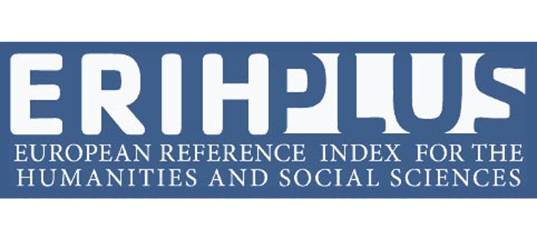Statistical analysis to measure the linear by using a Bayesian approach
Abstract
The present work aims to demonstrate the causes of the migration of Ecuadorians to other countries, as well as to make known among the migratory index what age range they migrate with the most excess. The problem is that Ecuador is one of the countries that have a large number of migrants, in the face of these circumstances there are characteristics such as economic, political, job offers, family problems among others, these being the main reasons why which migrate Using the Bayes Theorem application method, you will determine the exact probability of each of the causes that affect migrants. Of the total of 1,048,575 respondents gives us an analysis of 34.09% decide to migrate to the United States for unemployment, with the application of the Bayes theorem in RStudio it was possible to determine the probability of each of the causes by which the population migrates to other countries.
Downloads
Metrics
References
Cevallos, L., Zambrano, J., Ortiz, W., Leyva, M., Mendoza, Y., & Smarandache, F. (2018). ENFOQUE DIDÁCTICO DE LA TEORIA DE CONJUNTOS Y PROBABILIDADES. Infinite Study.
Gigena, N. A. (2017). Medidas entrópicas de correlaciones en sistemas cuanticos. Universidad Nacional de La Plata.
Gómez-Johnson, C. (2015). De la migración económica a la migración forzada por el incremento de la violencia en El
Salvador y México. Estudios Políticos, (47), 199–220.
Instituto Nacional de Estadística y Censos, I. (2015). Encuesta Calidad De Vida 2015.
Melella, C. (2014). Migraciones emergentes hacia la Argentina: colombianos y ecuatorianos. Breve panorama y estrategias de inserción cultural. Si Somos Americanos, 14(2), 15–46. https://doi.org/10.4067/S0719-09482014000200002
Mestre-Haro, E. A., Almeraya-Quintero, S. X., Guajardo-Hernández, L. G., Sangerman-Jarquín, D. M., Mestre-Haro, E.
A., Almeraya-Quintero, S. X., … Sangerman-Jarquín, D. M. (2016). Índice de intensidad migratoria 2010 vs variables de desarrollo en México. Revista Mexicana de Ciencias Agrícolas, 7(1), 83–93.
Oteiza, E., & Novick, S. (2010). Política migratoria y derechos humanos en un contexto de ajustes y reformas neoliberales. Argentina: 1989-1999 (Gobierno de Menem).
Portes, A. (1978). Migration and Underdevelopment. Politics & Society, 8(1), 1–48. https://doi.org/10.1177/003232927800800101
Riquelme, M. (2018). Teorema De Bayes.
Román Reyes, P., González Becerril, J. G., & Sandoval Forero, E. A. (2014). ANÁLISIS DE LA MIGRACIÓN A TRAVÉS DE ENCUESTAS. VENTAJAS, DESVENTAJAS Y RETOS A RESOLVER. Ra Ximhai, 10.(2), 145–171.
Ruiz-Ruano, A. M., & Puga, J. L. (2016). R COMO ENTORNO PARA EL ANÁLISIS ESTADÍSTICO EN EVALUACIÓN PSICOLÓGICA. Papeles del Psicólogo, 37(1), 74–79.
PDF (Español (España)) 211 HTML (Español (España)) 62
Authors maintain the rights to the articles and are therefore free to share, copy, distribute, execute, and publicly communicate the work on their personal websites or in institutional deposits, after its publication in this journal, as long as they provide bibliographic information that certifies its publication in this journal.
The works are under one https://creativecommons.org/licenses/by-nc-nd/4.0/




























